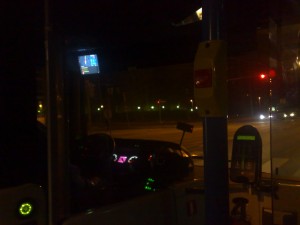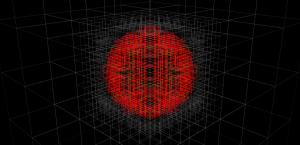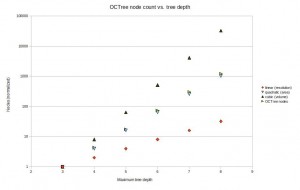If you're into that game where you use long sticks to hit a small white ball into a hole in the ground, and would like to hear how Tom Watson, 60, is beating Tiger, head over to the very flashy masters.com.
Now, is the radio supposed to be on when it says "ON" (i.e. "click here to turn ON", or "I'm ON" ?), and the button is yellow and shows a "play"-arrow, or when it says "OFF" (i.e. "click here to turn OFF", or "I'm OFF"?), and the button is yellow and shows a "play"-arrow?
This wouldn't be a problem if there actually was audio at either setting, but having tried Firefox and Chromium under Ubuntu, and then Chrome, Firefox, 64-bit IE (which doesn't have Flash) and 32-bit IE on Windows 7, I still haven't heard any of the radio broadcast 🙁
Why oh why can't they send the radio broadcast over an open protocol so you can listen to it with VLC or some other generic player?
And, dear IBM-engineers, please re-do the radio UI, thanks.





